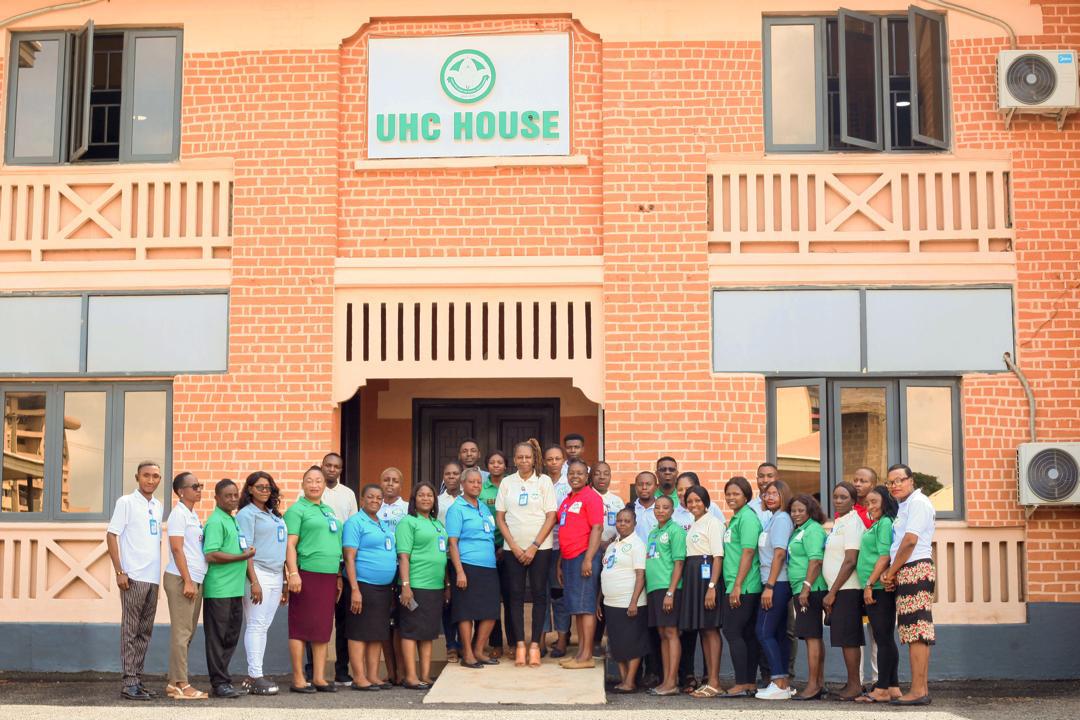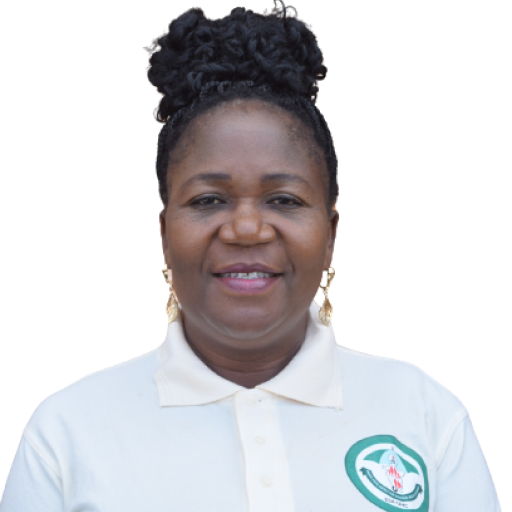

The Enugu State Agency for Universal Health Coverage (ESA-UHC) was established under the Enugu State Health Sector Reform Law 2017 to promote, regulate, supervise and ensure effective administration of the Enugu State Universal Health Coverage Scheme
The beneficiary group is:
1. The Basic Minimum Package of Health service (BMPHS)
A valid ESUHCS identity card must be presented at the health facility to access health care. The card contains data unique to each beneficiary, the facility, ward and LGA. The identity number once issued is retained for life. A beneficiary, spouse and dependent children will all have individual identity numbers and cards. Beneficiaries can access services once they receive their identity cards which will be issued between 45 to 60 days from receipt of payment.
Enrolees have a choice of methods for paying their premium contributions - Civil servants have their contributions deducted from salaries monthly and paid into the ESUHCF account. Informal sector premiums are paid annually through commercial or microfinance banks or direct to the ESAUHC account through other forms of payment as may be communicated by the agency. Groups such as trade associations, churches of up to 100 members will attract a discount of 5% off the adult premium if enrolling and paying as a group. Co-payments when required are paid directly to the facility at the point of care. Failure to pay the required premium contributions invalidates the ESUHCS card. However, beneficiaries have a window period of 14 days to update and validate their accounts.
ESUHCS cards are issued free of charge. Lost or damaged cards will be replaced with a fee of N3000. It will take a minimum of 30 days to issue a replacement card. Beneficiaries that need to access care during this period will require to obtain a special authorisation code from the agency.
ESUHCS provides each beneficiary with an NFC (Near Field Communication) enabled card that facilitates the following
Key beneficiaries identification elements are encoded onto the NFC-enabled card, so that when read by a facility's device, it correctly identifies the beneficiary type and displays beneficiary's personal data, thereby allowing the facility to verify the identity of the card holder and provide the appropriate service(s) based on beneficiary type. Each beneficiary card is "time stamped" whenever it is accessed at a facility
At the end of every visit to a participating facility, beneficiary card is again "time stamped" by the facility's device. Following each beneficiary encounter, facility enters in the cloud database, diagnosis, and services beneficiary received at the facility ensuring that all encounters at a facility are captured.
Beneficiary card provides access to primary health care. Following treatment, and encounter outcome, patient may be referred to a secondary facility.
Facility's device reads the NFC-enabled card of a beneficiary to be referred, which activates the "Referral Template" function, identifies the diagnosis and the referring facility with the option of including any comment or note. The facility to which the beneficiary is being referred is then notified.
Beneficiary's NFC-enabled card accessed for any prescribed procedures performed on beneficiary at the lab
Use of the NFC-enabled card ensures that each episode of care at point of care is captured, and transmitted to the cloud database (patient data; diagnosis, treatment, encounter outcome, (referral or discharge, death), including facility code), thereby simplifying claims Settlement
You may leave your card at home and access health care services at health facilities by using your phone instead. If your phone is Near Field Communication NFC-enabled, then all you need to do is turn on NFC on your phone, which enables your phone talk to the NFC device at the health facility.

EXECUTIVE SECRETARY, CEO
.png)
(HOD OPERATIONS & HEALTH SERVICES)

(HEAD OF FINANCE & ACCOUNTS)

(HEAD OF PLANNING, MONITORING & EVALUATION)

(HEAD OF COMMUNICATION, PUBLICITY & ICT)

(HEAD OF ADMINISTRATION & HUMAN RESOURCES)